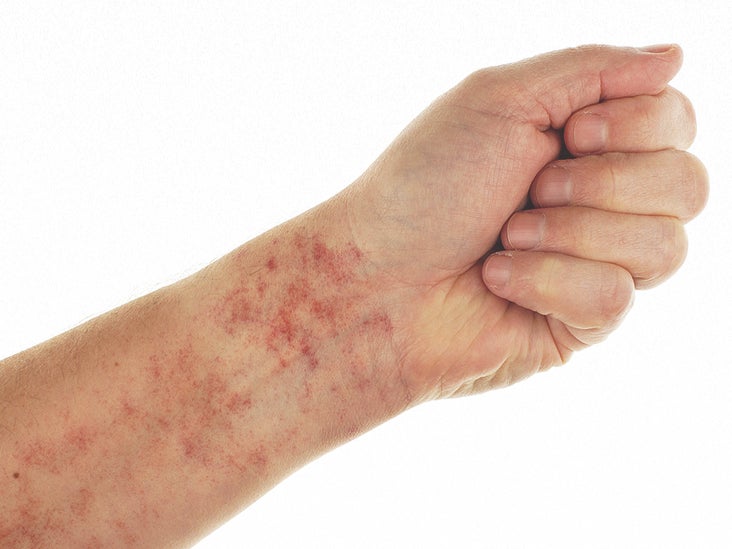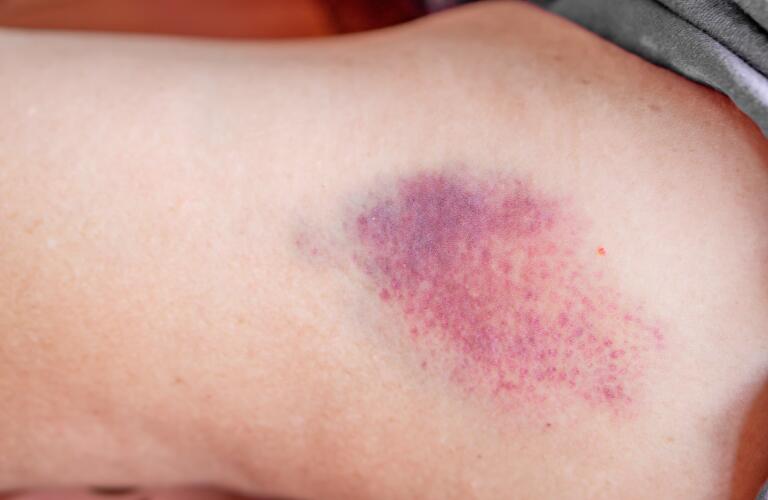

Most times eczema is a chronic condition, with changes in severity from time to time. Eczema (atopic dermatitis)Įczema (atopic dermatitis) causes dry, red, very itchy patches or spots that can appear on the hands, feet, neck, inside of elbows, legs, behind the knees, face, and elsewhere on the body. Steroid creams, moisturizers, and medicated lotions can treat psoriasis. The places most commonly affected by psoriasis are the:

While psoriasis most often affects only a few areas of skin, it can cover a larger area of the body. This chronic autoimmune disease tends to run in families. Thick pink or red spots on the legs covered with white or silvery scales (called plaques) typically indicate psoriasis. If your folliculitis persists after a few days, contact a healthcare provider to discuss treatment options. In other cases, your doctor may recommend using antibiotic or antifungal cream or shampoo. Mild cases of folliculitis can clear up on their own with basic self-care, including cleaning the affected area with antibacterial soap, using a warm compress, and applying soothing lotions to relieve itchy skin. Tiny blister clusters around hair follicles.White-headed pimples around hair follicles.Folliculitisįolliculitis occurs when a fungal or bacterial infection (or even ingrown hairs) causes hair follicles to become inflamed or infected. Identifying what’s going on can help determine the most effective course of treatment.īelow are some of the common causes of red spots on legs. Some causes of red spots on legs clear up in a few days on their own, while other causes require medical attention. Get started Potential Causes of Red Spots on Legs

Check your symptoms with K Health for just $29.


 0 kommentar(er)
0 kommentar(er)
